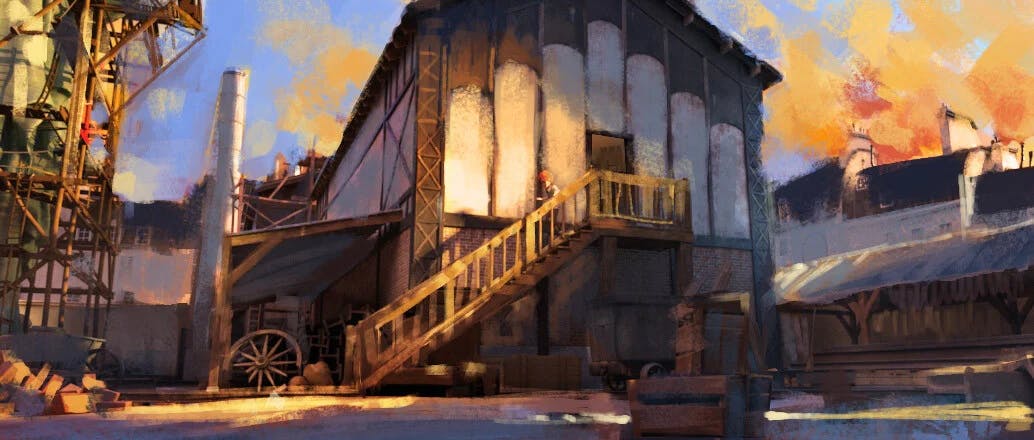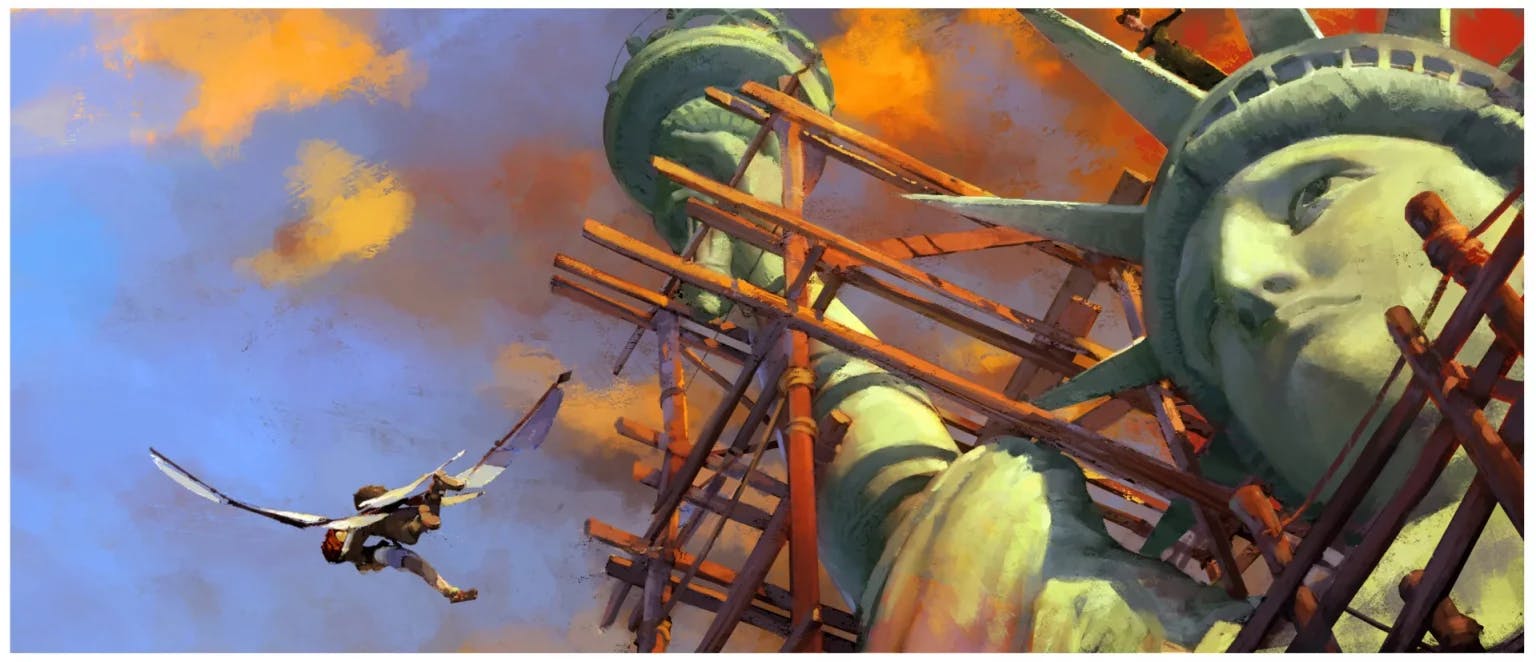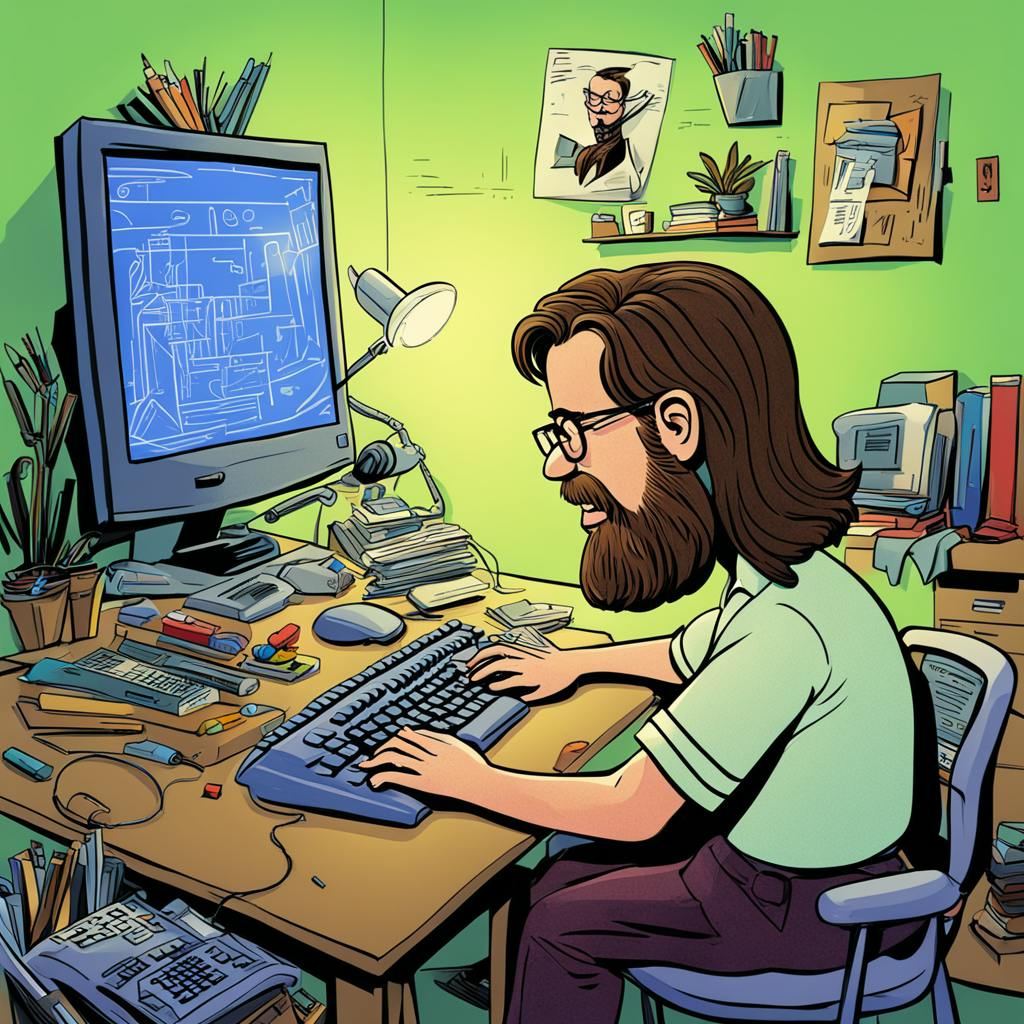Art has always been a medium for human expression and emotion. From the cave paintings of prehistoric times to the modern masterpieces found in museums, art has evolved and adapted with each passing generation.
However, in recent years, a new form of artistic expression has emerged – one that pushes the boundaries of traditional art and challenges our understanding of it. This form is known as 'artist ai', where artificial intelligence (AI) is used to create unique pieces of digital art. In this article, we will explore the world of artist ai and its impact on the traditional definition of art.
What is Artist AI?
AI, or computer systems that can perform tasks that normally require human intelligence, has been making headlines in various industries for its capabilities and potential. Digital art, on the other hand, refers to any art form that uses digital technology as a medium.
So, how exactly is AI technology being used by artists to create new forms of artistic expression? With the use of algorithms and data sets, AI can analyze and interpret images, soundsand other data to create its own unique pieces of art. This blend of technology and creativity has opened up a whole new world for artists to explore and experiment with.

Artwork by Florent Masurel
One of the most intriguing aspects of artist ai is the ethical implications surrounding it. Some critics argue that by using AI to create art, we are essentially stripping it of its humanity and authenticity. With AI, there is no emotional connection or human experience behind the artwork. On the other hand, supporters see it as a way to push the boundaries of art and create something entirely new and innovative. However, as AI continues to evolve and improve, it is important to consider the impact it may have on the art world and its traditional values.
Another question that arises is whether AI can truly be considered an artist or is it simply a tool for human creators. While AI may be creating the pieces, it is still being instructed by humans.
Can AI Replace Human Artists?
It lacks the ability to understand and interpret emotion, which is a crucial aspect of art. However, some may argue that this lack of emotion allows for a more objective perspective and can lead to unique and unconventional pieces. Ultimately, the question of AI as an artist remains a debate, but one thing is for sure – it has opened up a new realm of artistic possibilities.
The emergence of artist ai also challenges traditional definitions of art and artistic expression. What exactly qualifies as art – is it something that is purely created by a human, or can a machine also possess the same creativity and imagination?
This presents an interesting shift in the way we perceive art and its creators. With AI's ability to analyze and interpret data, it has the potential to create art that we may not have thought possible. This also raises the question of whether AI can replace human artists in the future or if it will simply be another tool in their arsenal.

Artwork by Florent Masurel
One platform that is at the forefront of this emerging field is laetro.com, a marketplace for artist ai. It provides a space for artists, developers, and collectors to explore and appreciate this new form of art. With its innovative and user-friendly interface, laetro.com makes it possible for anyone to access and collect unique pieces of art created by AI.
In conclusion, artist ai is an exciting and controversial topic that is pushing the boundaries of art and challenging our perceptions of it. It combines the world of technology with human creativity to create something entirely new and unique. With its ethical implications and impact on traditional definitions of art, AI is changing the art landscape in ways we never thought possible. As we continue to explore the boundaries of artistic expression through AI, one thing is for sure – it is here to stay.
To summarize, here are the key points discussed in this article:
- AI and Digital Art: the emergence of Artist AI and its use of AI technology in creating digital art.
- The ethical implications: the debate on whether AI can truly be considered an artist and its impact on traditional values of art.
- AI as a tool: the role of AI as a tool for human artists and its potential for creating unconventional pieces.
- Challenging definitions of art: the role of AI in challenging our understanding and definitions of art.
- Laetro.com: a platform for artist ai, providing access to unique and collectible pieces of art.
- Artist ai: the blend of technology and creativity that is breaking barriers and changing the art world.

